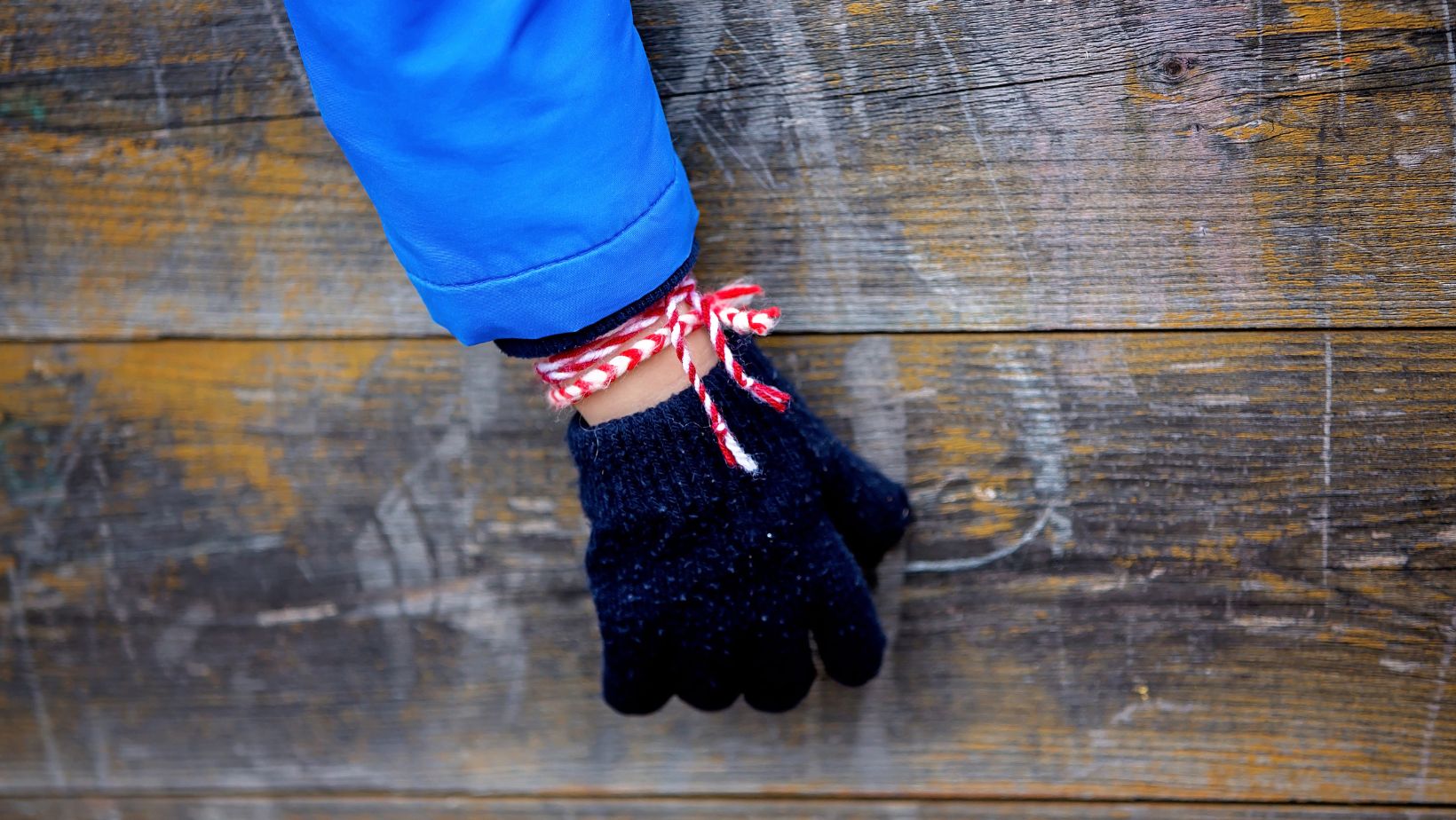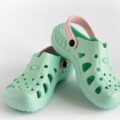Gloves for Toddlers
As a parent, I understand the importance of finding the right gear for my little ones. Gloves for toddlers are no exception. When it’s chilly outside and playtime calls, we want our kids to be warm, cozy and safe. But let’s face it – not all toddler gloves are created equal!
In my search for the perfect pair of mittens for my tots, I’ve come across a plethora of options with varying features. From waterproof exteriors to soft fleece linings, there are gloves out there designed to suit every pint-sized personality and weather condition.
Selecting just the right pair can be a bit overwhelming! That’s why I’m here to share what I’ve learned about toddler gloves throughout my parenting journey. Whether you’re gearing up for your first winter with a toddler or simply looking to upgrade an old pair of well-loved mittens, we’ll navigate this together.
Understanding the Need for Gloves for Toddlers
I’m often asked, “Why does my toddler need gloves?” Well, let me tell you. It’s not just about keeping those tiny hands warm during winter’s chill. The reality is far more nuanced.
Firstly, let’s think about protection. Toddlers are curious creatures; they’re always exploring and touching things around them. And sometimes, these explorations lead to scraped palms or fingers pinched in doors. A good pair of gloves can provide a degree of safety against such minor mishaps.
Secondly, there’s the matter of hygiene. We all know how much toddlers love touching everything they see – from dirty playground equipment to germy shopping carts. Gloves serve as an essential barrier between their little hands and the myriad germs that lurk on commonly touched surfaces.
Lastly but by no means least, there’s comfort to consider. A pair of well-fitted gloves can add warmth in cold weather, sure—but they can also offer comfort year-round if your child suffers from skin conditions like eczema or sensitive skin.
Consider this:
- Protection: Gloves shield a toddler’s delicate skin from scrapes and pinches.
- Hygiene: They act as a barrier against germs on commonly touched surfaces.
- Comfort: For children with sensitive skin or eczema, gloves can provide relief from discomfort.
So yes, while it might seem like an extra hassle to get your wriggling toddler into a pair of gloves each day—it really is worth it when you consider what they’re up against!

Exploring Different Types of Toddler Gloves
I’ll bet you’re wondering why there are so many types of toddler gloves out there. Well, let’s break it down!
First up, we’ve got mittens. These are the simplest type of gloves for toddlers and often the first pair parents buy. Why? They’re just one large pocket for all four fingers and an extra section for the thumb. This design makes them easy to put on wriggly little hands. Plus, they keep those tiny fingers all bundled together for extra warmth.
Then we have fingered gloves. As your kiddo grows older and more dexterous, these become a great option. They allow more freedom of movement compared to mittens and help your youngster grasp objects better in cold weather.
Next on our list are glove-mittens, or “glittens” as some folks like to call them! These hybrid models offer the best of both worlds: finger freedom when you need it, and mitten-style warmth when you don’t.
Now let’s talk about materials – another crucial aspect when choosing toddler gloves:
- Fleece: Known for its softness and warmth, fleece is a common material used in toddler gloves.
- Knit: These gloves can be woolen or made from synthetic fibers – either way they’re warm!
- Waterproof materials: For snowy days or wet climates, waterproof toddler gloves are a must-have.
Lastly, remember that some glove styles come with extra features like long cuffs (to prevent snow from getting inside), clips (to fasten them onto jackets), or even touch-screen friendly fingertips!
An Occupational therapist, freelance content writer and more importantly a stay-at-home mom, Sara, like all other parents juggles her many roles. Her passion for writing combined with her professional expertise as an Occupational therapist (working with children with special needs) has helped her craft content specific to child health, wellness and learning skills. At present, Sara alternates her time between raising her two young children, and writing about what she knows best- children!





